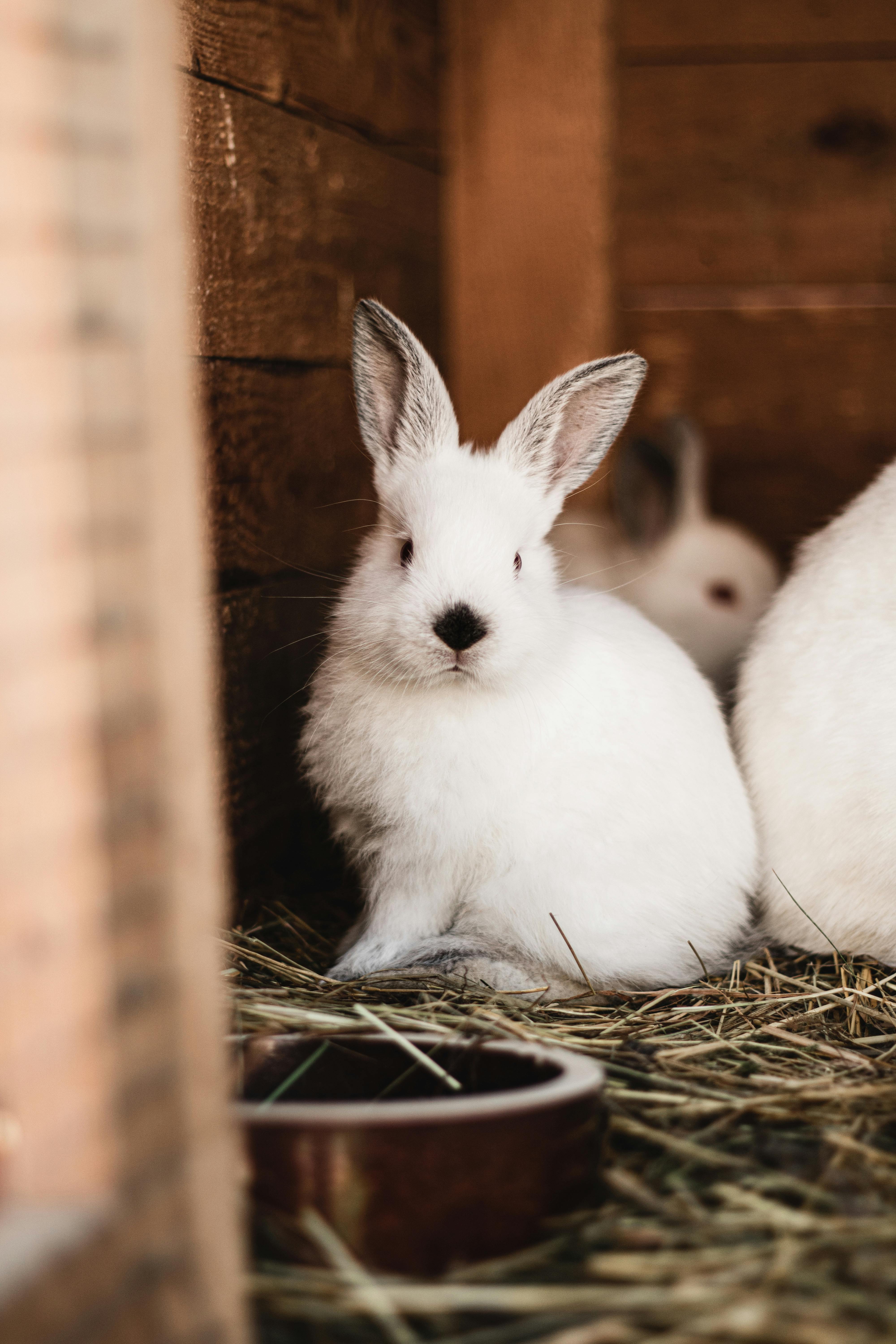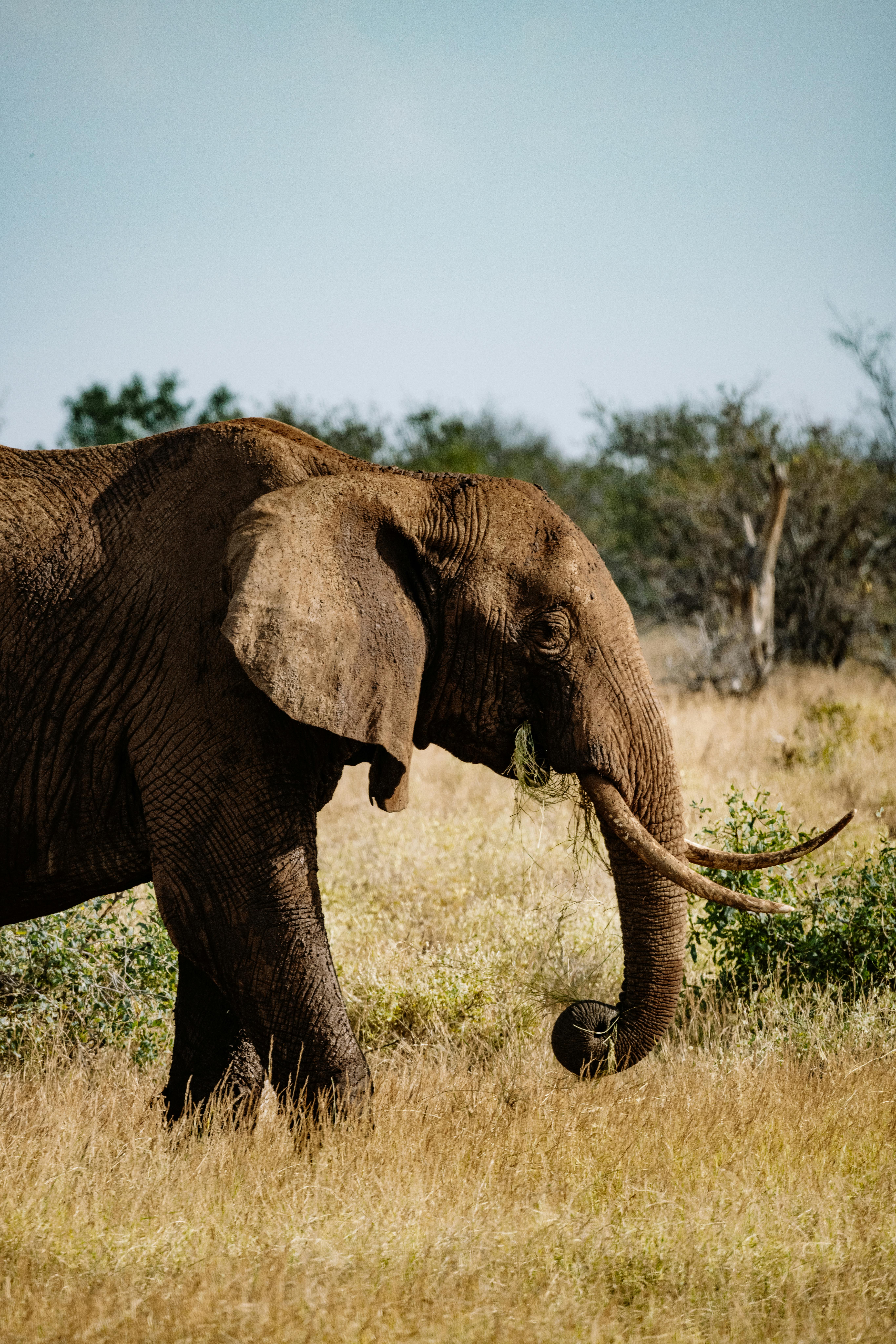Top 5 Biggest Jackrabbit Sizes for 2025
Jackrabbits are fascinating creatures, primarily known for their incredible agility and speed. As we look toward 2025, understanding the sizes of the biggest jackrabbit species can offer insight into their adaptations and ecological roles. In this article, we will explore the notable sizes of jackrabbits including their lengths, weights, and various characteristics that set them apart. We will provide a detailed account of their habitats, diets, lifespan, and more. Let's embark on this journey into the world of jackrabbits!
Understanding Jackrabbit Characteristics
The term "jackrabbit" encompasses various species including the eastern jackrabbit and the black-tailed jackrabbit, each exhibiting unique traits. Their characteristic long ears, powerful hind legs, and distinctive fur colors enable them to thrive in diverse environments from deserts to open grasslands.
Coloration and Fur
Jackrabbits' fur color varies significantly among species, providing them with camouflage in their habitats. The desert jackrabbit, for instance, boasts a sandy-colored coat that blends seamlessly into its environment, aiding in predator avoidance.
Size Variations Across Species
Jackrabbit sizes also change depending on the species. The largest species, the antelope jackrabbit, can reach lengths of nearly 30 inches and weigh up to 10 pounds, while the smaller eastern jackrabbit averages around 18 inches in length. Such weight and size differences reflect their adaptations to their respective habitats.
Physical Features and Anatomy
The anatomy of jackrabbits is purposefully designed for speed. Their powerful hind legs enable them to cover great distances quickly. This adaptation is essential for escaping predators, with some species able to sprint up to 40 miles per hour in short bursts.
Jackrabbit Habitat and Distribution
With a diverse range of habitats, jackrabbits can be found across North America, adapting to urban areas as well as rural settings. Understanding their habitat preferences is crucial for conservation efforts.
Urban vs. Rural Habitats
In urban habitats, jackrabbits adapt their behaviors and routines to thrive amid human activity. On the other hand, in rural settings, they benefit from more expansive territories that offer abundant foraging opportunities, essential for their diet and survival.
Habitat Requirements
Jackrabbits require environments that provide ample shelter and food sources. Their habitats typically consist of open grasslands, desert regions, and even shrubby areas where they can easily hide from predators.
Influence of Habitat on Behavior
Jackrabbit behavior is heavily influenced by their habitats. For instance, in areas where predators are prevalent, jackrabbits tend to be more nocturnal, adapting their activity patterns to avoid detection.
Jackrabbit Diet and Feeding Habits
The diet of a jackrabbit is comprised primarily of grasses, herbs, and shrubs. Understanding their food preferences is essential for recognizing their role in local ecosystems and how they contribute to vegetation management.
Food Sources and Preferences
Jackrabbits are herbivores and adapt their diets based on seasonal availability of food sources. For instance, in spring, they tend to feed on tender greens, while during winter, they may rely heavily on the bark of woody plants.
Feeding Behavior and Competition
At times, jackrabbits face competition for food from other herbivores. Their adaptive foraging strategies, including seasonal shifts in diet, help mitigate this competition, allowing for better survival rates among populations.
Jackrabbit Lifespan and Reproduction
The lifespan of jackrabbits varies widely with environmental conditions. Typically, they can live up to 3 years in the wild, but with fewer threats in captivity, they may exceed that lifespan significantly.
Reproductive Patterns
Jackrabbits are known for their rapid reproduction rates, with females capable of producing several litters per year. This high reproductive capacity is vital for maintaining population levels amid predation and habitat loss.
Breeding Season and Young
Breeding season for jackrabbits typically occurs in spring, coinciding with optimal environmental conditions for the survival of their young. The young, known as leverets, are born fully furred and with their eyes open, ready to face the world shortly after birth.
Conservation Status and Threats
Due to habitat loss and predation, some jackrabbit populations face threats that impact their long-term survival. Monitoring these populations is essential in conservation efforts.
Human Impact on Populations
Human activities such as urban development and agriculture have led to significant habitat fragmentation. This disruption affects not only their living conditions but also their social structures and foraging opportunities.
Conservation Efforts
Ongoing conservation efforts focus on habitat restoration and monitoring jackrabbit populations to ensure their survival. Increased awareness and understanding of their ecological roles can guide effective conservation strategies.
Conclusion
In summary, the study of jackrabbit sizes and their characteristics offers profound insights into their ecological roles and the challenges they face. By discovering the fascinating aspects of these remarkable creatures, from their adaptability to their specific habitat needs, we are better equipped to support their future conservation. For more information and visual references, check the following links: Image of a Jackrabbit, Illustration of Habitat Types, Comparison of Jackrabbit Sizes.


